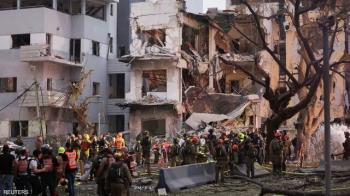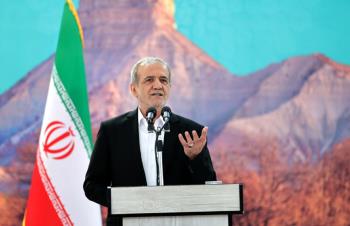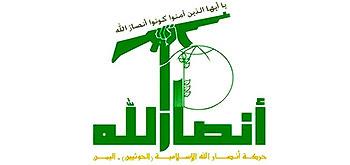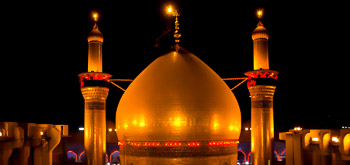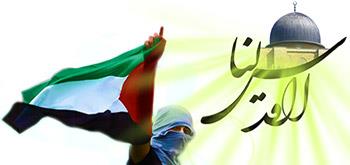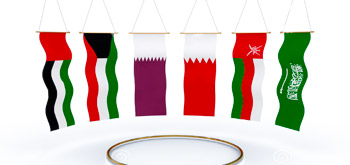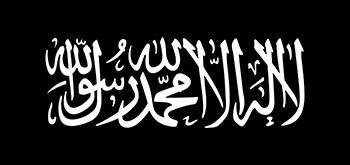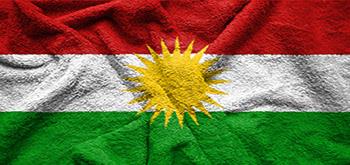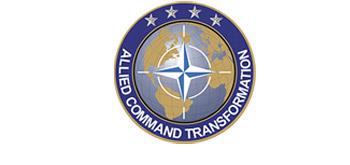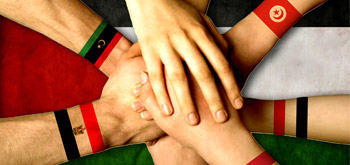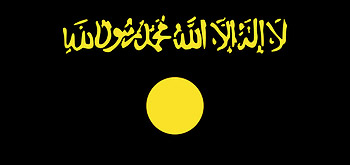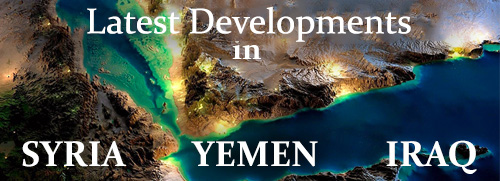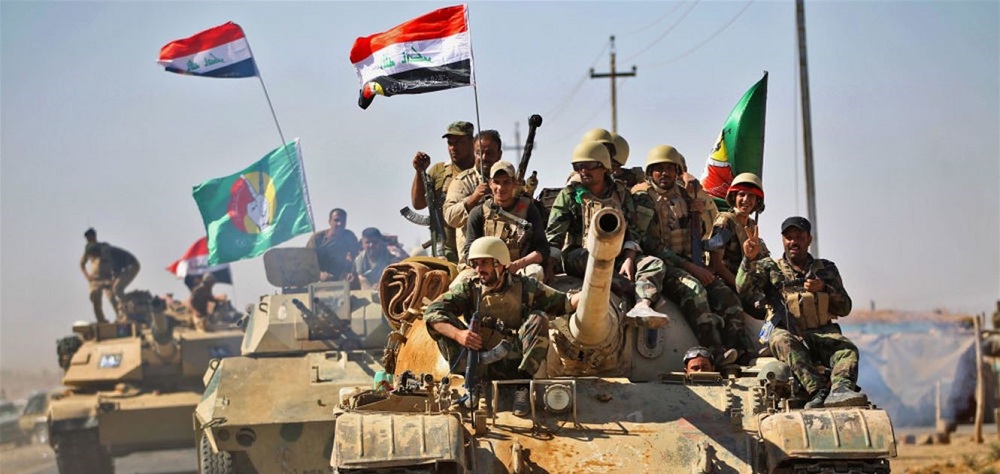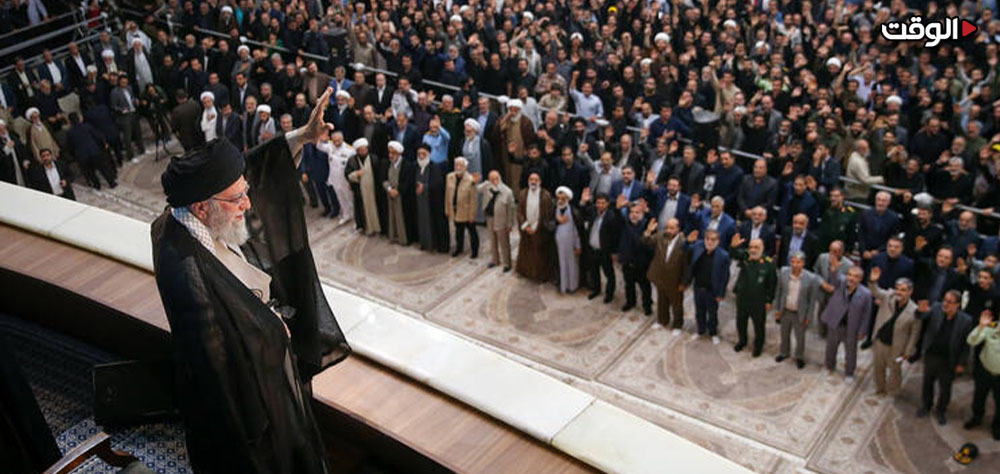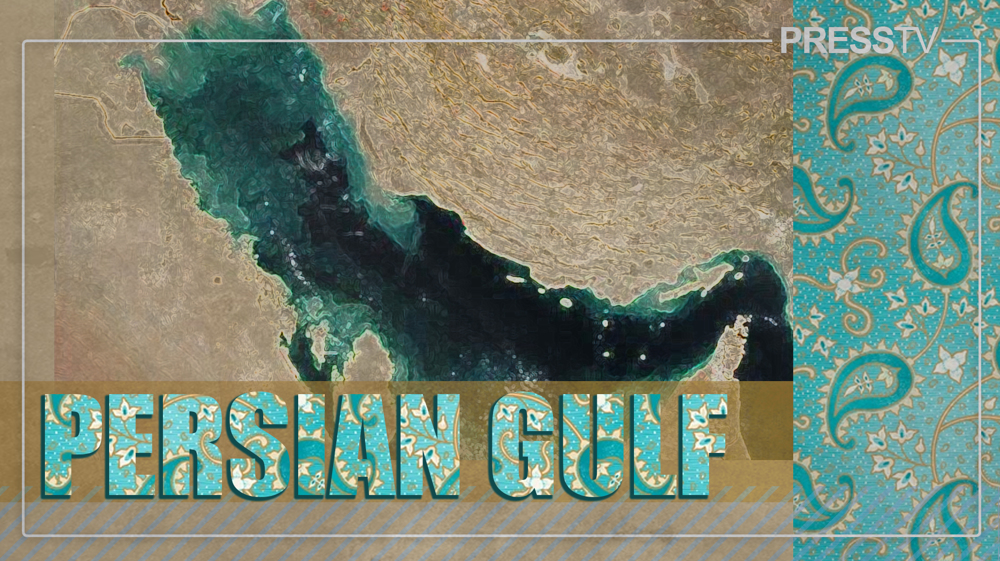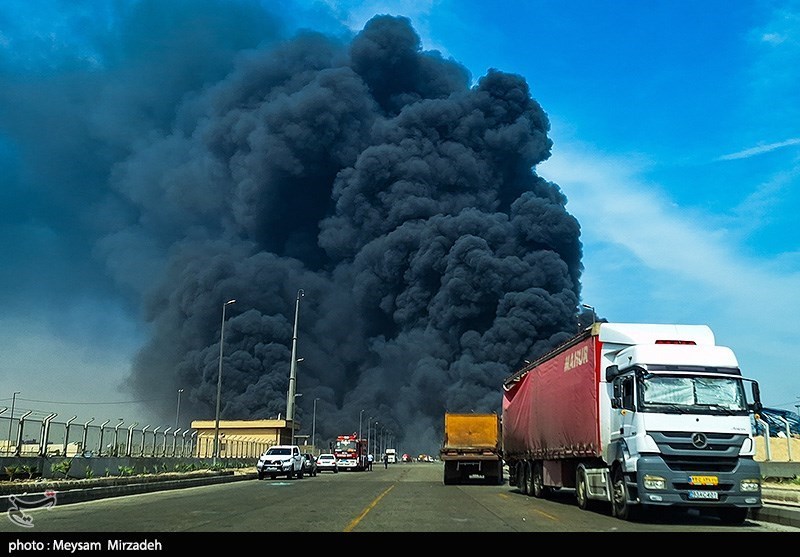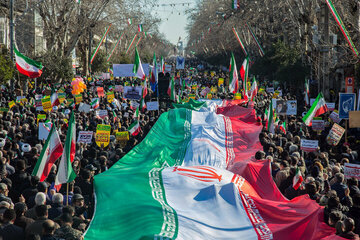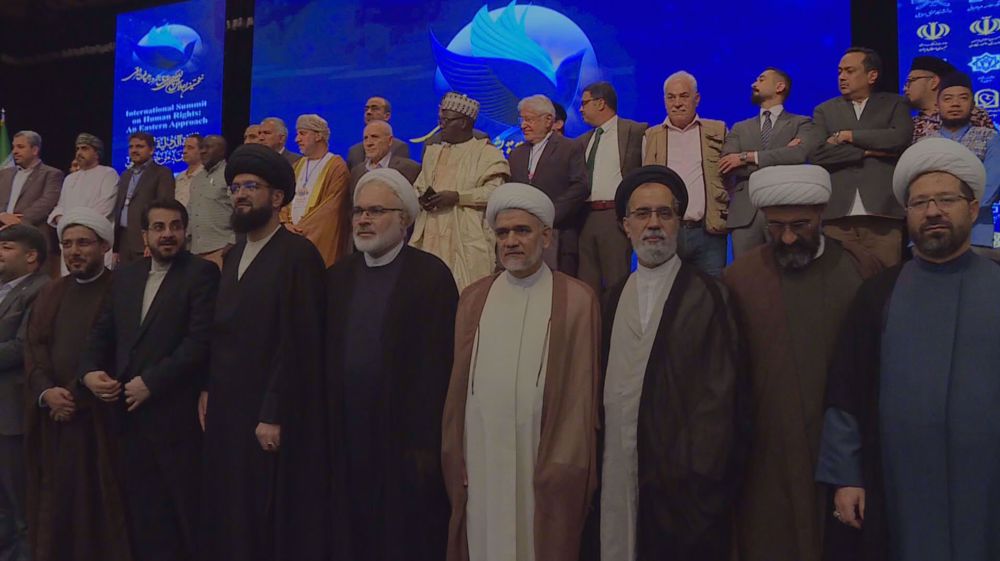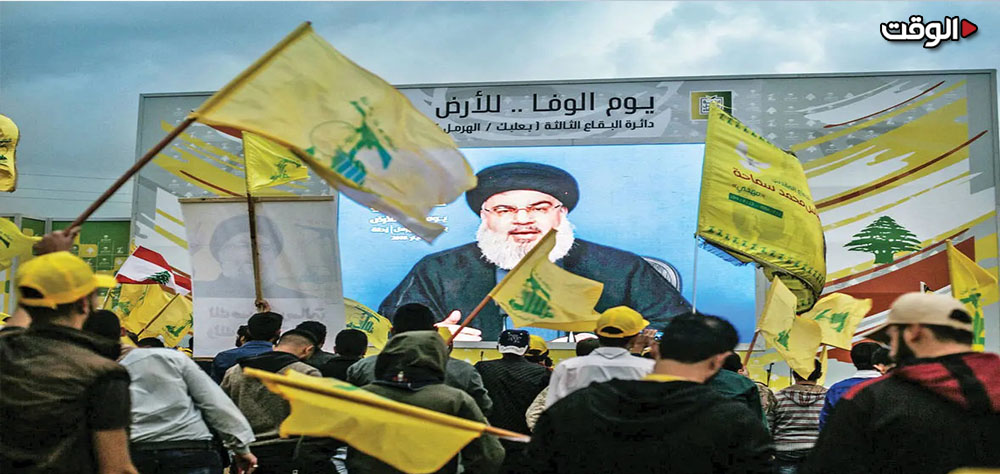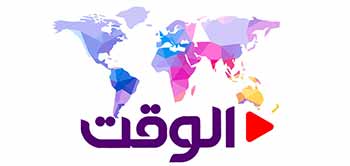Alwaght- Assumption of the post of prime minister in Iraq by Mostafa al-Kadhimi drew a period of calm in the Arab country and de-escalated disputes in the country’s politics. Although some call the situation the lull before the storm and argue that in the near future a wave of tensions could afresh engulf Baghdad, the course of developments is successfully heading towards stabilization of the conditions.
One of the main factors of this calm is the way of the interaction of the central government with the Popular Mobilization Forces (PMF), a voluntary force formed in 2014 in opposition to the ISIS terrorist group following a fatwa by Grand Ayatollah Sayyed Ali al-Sistani.
Since the start of his work as PM, al-Kadhimi visited the PMF command headquarters and met with its chief Faleh al-Fayadh, signaling that he, to a large extent, has recognized the position of the popular force in the country’s defense body.
And now in a 10-article document published on the website of the voluntary force and signed by al-Fayadh, the PMF accentuated the readiness to cooperate with the central government in Baghdad.
The document contains a string of decisions, including merging the PMF, which is called locally Hashd al-Shaabi, ending all forms of political, partisan, and social activities of the members of the PMF, banning political activism in the ranks of the PMF, closing down all of the headquarters of the PMF combat units inside the cities, and forbidding any activity of the members of the PMF outside its area of duty. The document describes the PMF a military organization and part of the Iraqi Armed Forces and thus under the command of the commander-in-chief who is the PM.
Publishing the document promotes some questions: What does the PMF seek behind this document? In the shadow of the current conditions in Iraq, what is motivating the implementation of such instructions to promote cooperation with the central government? Three main goals drive the popular force to make such decisions:
Foiling the hostilities to the PMF
Since its foundation six years ago, which was aimed at defending the Iraqi territories in the face of the foreign-backed terrorists of ISIS, the PMF has been facing massive opposition and even hostility to its very existence. The actions of the force on the battleground, which were in the best interests of the country, on many occasions were censured by the home sides, besides foreign parties, opposing its foundation.
Israeli-American-Saudi lobbies, using extensive media propaganda, struggled to describe the PMF as a force outside the command and control of the Iraqi military and put strains on incumbent PMs, Haider al-Abadi and then Adel Abdul Mahdi, to disband the force despite proving its efficiency and significant role in tipping the frontline scales in favor of the Iraqi government. Some internal Iraqi sides played the role of promoters of the tripartite agenda.
In the first step to save the PMF, the Iraqi parliament in 2016 recognized the force as part of the the country's military and then their command was transferred to the commander-in-chief. Despite these legal steps, the US still puts pressure on the central government to disband the popular force or at least undermine it.
It seems that the PMF has published the document as part of their show of good faith to the PM al-Kadhimi and to emphasize that they are under his command and ready to fully cooperate with the government. This demonstrates that PMF as a segment of the Iraqi armed forces and a military force does not intend to take actions outside the framework of the national constitution.
Advancing unity among the Iraqi armed forces
One of the issues that the PMF opponents always mention to the government is that the PMF in the future will destroy the unity of the Iraqi army. They argue that it will establish a parallel military force in the future. But in the 10-article document presented by the PMF commander, this concern is categorically rejected. It insists that the force was formed to guard the Iraqi security and territorial integrity.
Meanwhile, an article is included in the document that totally bans any activity outside the defined duties of the PMF as an independent military organization but within the inclusion of the Iraqi armed forces and under the command of the commander-in-chief. This article demonstrates the commitment of the PMF to the integration and unity of the national military. The article also assures that not only the PMF poses no threat to Iraqi military unity but also is a factor to strengthen military integration.
Curbing off-the-orbit moves
One of the features of any novel political or military organization is the existence of forces or figures off the circle of control of the leaders. This is a problem every organization or party faces at the outset. The PMF is no exception. In its new document that aside from its military aspect has taken a political aspect, this issue is highlighted.
Actually, the PMF commanders seek to eliminate any actors or movement acting off the orbit of the organization’s leadership, something paving the way for them to continue organized activity from the center. To this aim, ending all forms of political, partisan, and social activities of the members of the PMF, banning political activism in the ranks of the PMF, closing down all of the headquarters of the PMF combat units inside the cities, and forbidding any activity of the members of the PMF outside its area of duty seem to be the solution the PMF leaders are eyeing to control the off-the-orbit figures and forces.

